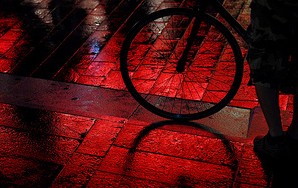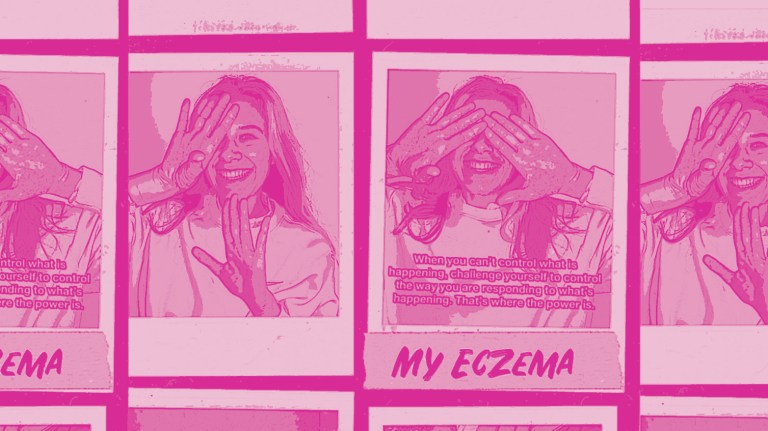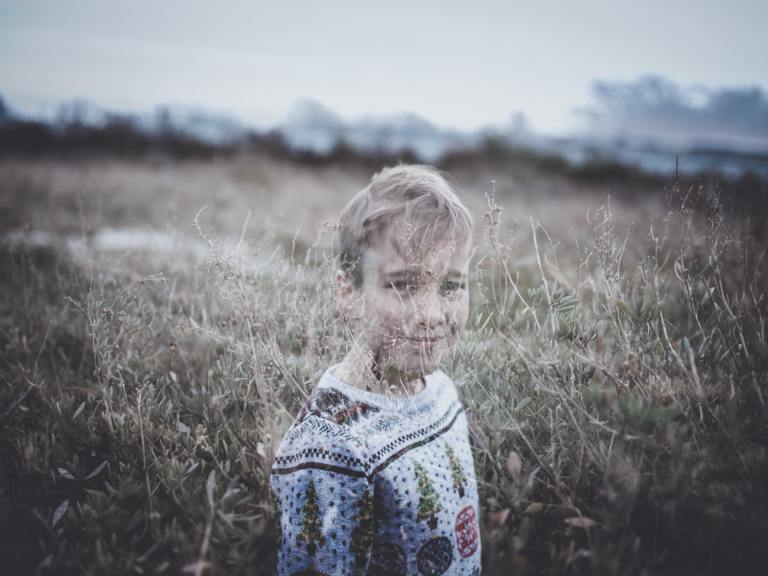Why I Run Red Lights On My Bike
I realized through all of this that it didn’t matter if I ran a red light or stopped for it, whether I sat behind a line of slow moving cars or wove between them, whether I passed a bus on the left or on the right. Drivers were going to hate my presence no matter…
By Mason Strand

Recently, a cyclist in San Francisco was convicted of manslaughter for striking and killing a pedestrian. According to witnesses, before the cyclist, Chris Bucchere, struck the pedestrian, he ran a stop sign and several lights, including the one at the intersection in which he struck and killed the elderly man (Bucchere stated previously that the light was still yellow).
The details of this case leave me feeling conflicted. While this case is indeed a tragedy, and I feel terrible for the family of the man who was killed, I also can’t help but feel for Bucchere. His story could be mine. After all, I too am a cyclist, and I also run red lights. I am not ashamed of this, because it is one of the most common, generally harmless traffic violations that a cyclist can commit. The problem arises from the fact that non-cyclists don’t understand what they’re seeing, and consequently begin to think of cyclists as reckless and dangerous.
Honestly, I try to be a very considerate biker. I always yield to pedestrians, I try not to startle people (unless they’re doing something that might get them — or me — hurt), and I don’t intentionally cut off cars in traffic. I know where I fit on the streets, and I’ve never caused an accident on my bike. I truly believe that being a safe, considerate cyclist has nothing to do with how often you run lights.
I can certainly understand why drivers feel annoyed when they see a cyclist running a red light or stop sign — to be sitting endlessly in traffic and have someone on a human-powered machine blow past you is a frustrating feeling. In a city of go-go-go most of what cars do is stop. And sit. And wait.
But my running a red light isn’t done as a middle finger to drivers (that’s a bonus, a small retribution for all the times they’ve almost killed me). On the contrary, there is a practical reason for this practice: momentum. Oh, how I love momentum. When I am on my bike, it is my most treasured possession. And for good reason: the more of it I lose when approaching a light or a stop sign, the more effort I’m going to need to get going again.
Imagine that, as a driver, every time you came to a stop in your car, you had to get out, walk around it, and get back in again. That is the amount of effort it takes me to get up to speed again from a full stop. I go through 49 traffic lights on my way to work, and probably half that number of stop signs. Add to that the fact that traffic lights are timed for vehicles moving much faster than mine, resulting in my hitting probably twice as many red lights as an average car, and all of this amounts to a lot of wasted effort, particularly at intersections where no cross traffic is approaching.
Not all that long ago, I taught bicycle safety. A requirement of this job was that I follow all traffic laws to the letter. I did so, begrudgingly at first, and then with increasing fervor. See, I was spending 2-6 hours a day on my bike at this job, and encountering constant harassment from drivers, despite my doing exactly what I was supposed to do. I got honked at, yelled at, and purposely run off the road.
I tried to educate drivers (when I was able) about the rules of the road for bicyclists, but they didn’t care to listen. I talked to people off of my bike who expressed how much they hated cyclists, how crazy they all were, and I knew that this was the attitude I was encountering in action on the road. It became increasingly clear that drivers and pedestrians aren’t just ignorant of where bikes are supposed to be on the road; they don’t want them there at all.
I realized through all of this that it didn’t matter if I ran a red light or stopped for it, whether I sat behind a line of slow moving cars or wove between them, whether I passed a bus on the left or on the right. Drivers were going to hate my presence no matter what. The reality of surviving on the road as a frequent cyclist is actually a pretty good metaphor for surviving as a queer (an experience I can speak to, although I would suspect it would apply to other minority experiences that I cannot).
The rules of the road, and indeed the roads themselves, were not created with cyclists in mind. If you’re lucky, you’re stuck in a tiny, hard-to-see lane on the edge of the road where the doors of parked cars threaten to knock you off your bike and into moving traffic; a lane where turning traffic doesn’t even think to look. You’re constantly run off the road by taxis diving for a fare and busses that zoom past you, just to come to a stop moments later. Even pedestrians disregard you, walking into the road as soon as the last car has passed, sometimes stepping directly in front of you.
In general, as a cyclist, you are either invisible, and therefore vulnerable, or you are seen and hated — easy to single out as a troublemaker because yours is the different vehicle on the road. The other.
When following the rules does you no more good than breaking them, it’s hard to find a compelling reason for paying them any mind. So I ride in a way that keeps me safe, regardless of traffic laws. I know the streets that I ride in a way that drivers never will. I know the timing of the lights, which streets are typically empty, and which lights are safe to push. I can read the flow of traffic as I glide through it. These are skills I developed through years of practice, and they help to keep me alive.
Despite all of this, I recently got clipped by a bus. I had gotten wedged between it and a parking car while riding in the bike lane, and though I stopped, I lost my balance slightly and was hit by both the parking car and the bus. Several people witnessed this including, obviously, the driver of the parking car and the bus driver, who I passed again half a block later. Not a single one asked if I was okay.
That is the reality of being a cyclist. To vilify as dangerous a class of people who are themselves daily in an incredibly vulnerable position is absurd. Events like the one that happened with Bucchere are a tragedy, but they are also incredibly rare. Unlike cars, the only people typically injured by cycling accidents are the riders themselves. Cyclists may be easy to spot, and they may make others uncomfortable with the way they interact with traffic, but they are NOT more dangerous than cars. In fact, they are rarely dangerous at all. They are, quite simply, just trying to survive. ![]()




